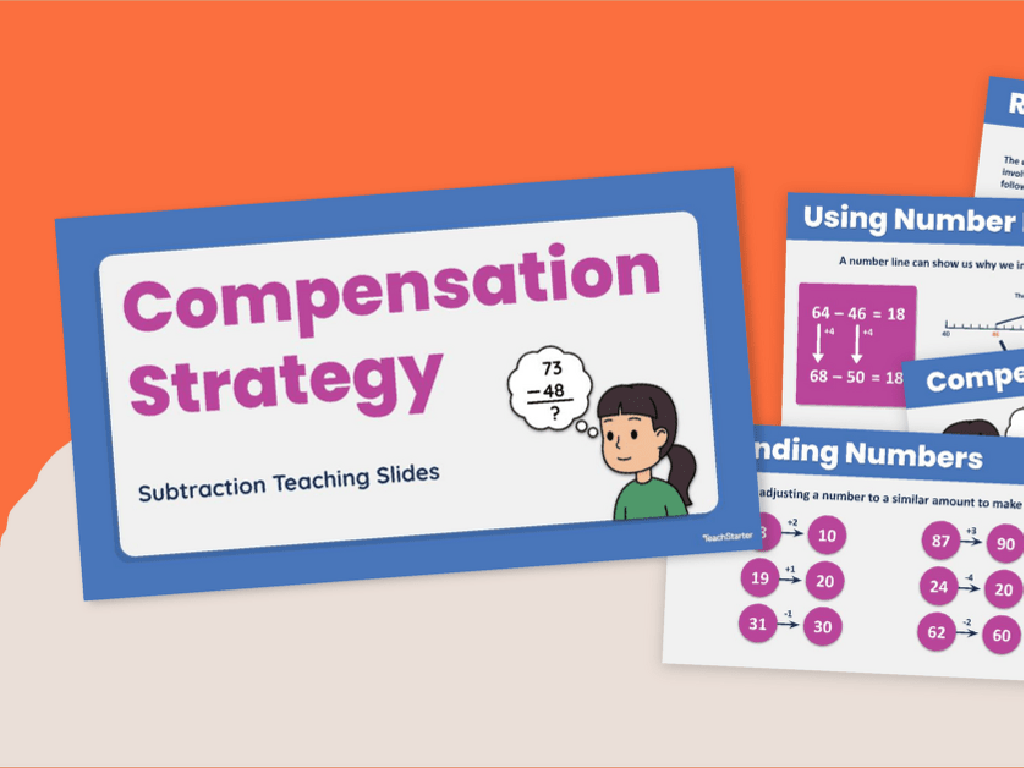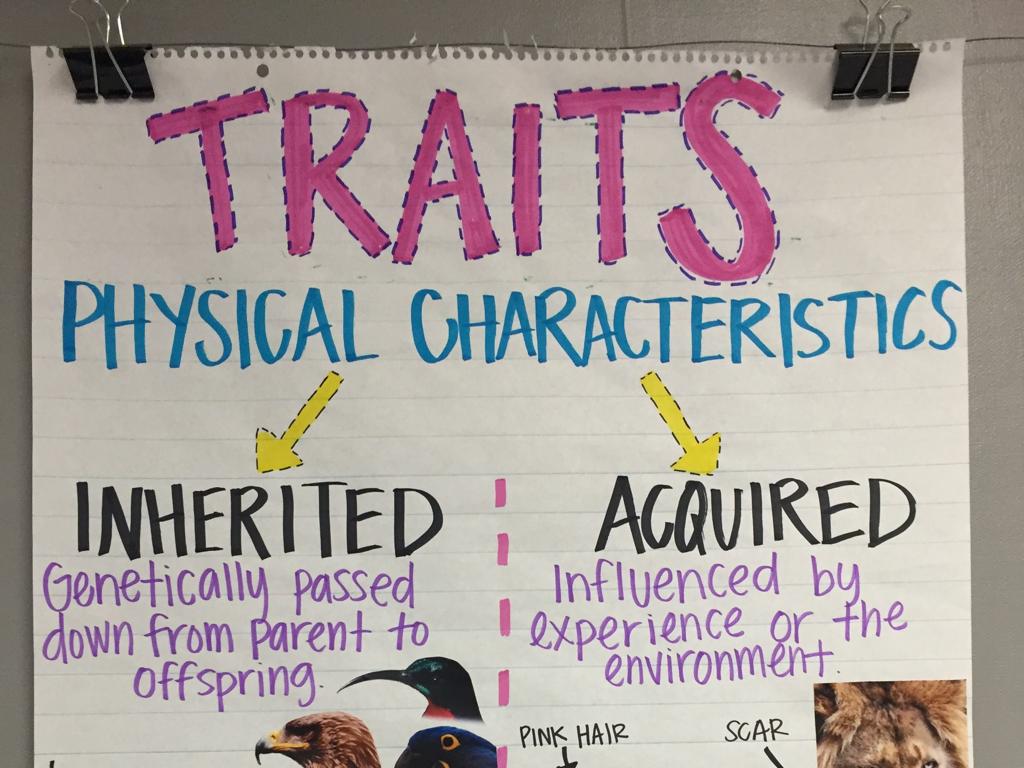Middle Colonies: Economy And Society
Subject: Social studies
Grade: Fourth grade
Topic: English Colonies In North America
Please LOG IN to download the presentation. Access is available to registered users only.
View More Content
Exploring the Middle Colonies: Economy and Society
– Meet the Middle Colonies
– What are colonies?
– Places ruled by another country, like the Middle Colonies were ruled by England
– Economy of the Middle Colonies
– Farming, crafts, and trade were important for making money
– Society in the Middle Colonies
– Diverse communities with different cultures and religions
|
This slide introduces the Middle Colonies of North America, which were under English rule. Begin by explaining what colonies are and how they functioned as extensions of England. Highlight the economic aspects, emphasizing the role of agriculture, craftsmanship, and trade in the colonies’ prosperity. Discuss the societal makeup, noting the diversity and tolerance of various cultures and religions. Use this slide to set the stage for a deeper dive into the daily life and economic activities of the Middle Colonies, encouraging students to think about how these factors shaped the region’s development.
Geography of the Middle Colonies
– Locate Middle Colonies on a map
– Find New York, New Jersey, Pennsylvania, Delaware
– Understand geography and climate
– Mild climate with good soil for farming
– Explore geography’s impact on economy
– Rivers and fertile land supported trade and farming
– Discuss diverse economic activities
|
This slide aims to help students visualize where the Middle Colonies were located and understand the significance of their geography and climate. Emphasize that the Middle Colonies consisted of New York, New Jersey, Pennsylvania, and Delaware. Highlight the mild climate and fertile soil, which were ideal for farming staple crops like wheat and corn. Explain how the presence of navigable rivers like the Hudson and Delaware facilitated trade and contributed to a diverse economy that included farming, trading, and manufacturing. Encourage students to think about how geography can affect the way people live and work, using the Middle Colonies as a historical example.
Agriculture in the Middle Colonies
– Known as ‘Breadbasket’ colonies
– Crops: wheat, barley, and rye
– Staple crops that were easy to grow and in high demand
– Farming as a way of life
– Families worked together on farms, communities helped during harvest
– Agriculture’s role in society
– Farms produced food for the colony and for trade with others
|
This slide introduces students to the agricultural practices of the Middle Colonies in North America. These colonies were often referred to as the ‘Breadbasket’ because they grew large amounts of staple crops such as wheat, barley, and rye. These grains were essential for making bread, which was a big part of the diet during colonial times. Agriculture was not just a job; it was a way of life that involved the whole family and community. The role of agriculture extended beyond just feeding the local population; it also played a significant part in the economy through trade with other colonies and countries. Encourage students to think about how farming might have been different in the past compared to today and the importance of community in agricultural societies.
Trade and Cities in the Middle Colonies
– Trade: Lifeline of Middle Colonies
– Trade helped the colonies grow by exchanging goods with other places.
– Major Ports: Philadelphia & New York
– These cities were bustling hubs where people and goods from all over met.
– Variety of Traded Goods
– Goods like wheat, fur, and iron were commonly traded.
– Origins of Goods
– Goods came from within the colonies and faraway lands.
|
This slide aims to teach students about the economic vitality of the Middle Colonies, emphasizing the role of trade and the significance of port cities like Philadelphia and New York. Discuss how trade was the heartbeat of the Middle Colonies, allowing them to prosper. Highlight the importance of these cities as centers of commerce where goods were imported, exported, and exchanged. Provide examples of goods that were commonly traded, such as wheat from local farms, furs from trappers, and iron from forges. Explain that these goods were not only traded within the colonies but also with other countries, showing the beginnings of an interconnected global economy. Encourage students to think about how trade affects their own lives today and the concept of goods traveling from one place to another.
Diverse Communities in the Middle Colonies
– Cultural diversity thrived
– Many cultures lived together, like Dutch, German, and English settlers.
– Contributions of different groups
– Each group brought unique skills, like farming techniques and crafts.
– Religious freedom shaped society
– People could practice any religion, leading to varied beliefs and traditions.
– Impact on today’s America
|
This slide aims to highlight the rich cultural diversity of the Middle Colonies and its lasting impact on American society. Emphasize how the mix of different European and Native American cultures created a unique community. Discuss how the contributions of various groups, such as the Dutch’s farming methods or the German’s craftsmanship, helped the colonies prosper. Explain that religious freedom was a cornerstone of the Middle Colonies, allowing for a mosaic of faiths and ideas that influenced the region’s development. Relate this historical diversity to the multicultural nature of the United States today, fostering a discussion on the value of diversity and inclusion.
Daily Life in the Middle Colonies
– Roles of family members
– Men farmed and traded, women managed homes, children helped with chores.
– Education importance
– Schools were rare, but literacy was valued for reading the Bible.
– Fun and games
– Playing games like hoops, marbles, and tag was common.
– Community gatherings
– Festivals and church were central to social life.
|
This slide aims to give students a glimpse into the everyday life of people in the Middle Colonies. Discuss the different roles of men, women, and children in society, emphasizing the collaborative nature of family units. Highlight the value placed on education and literacy, despite the scarcity of formal schools, and how reading was often learned at home for religious purposes. Explore the types of recreation and entertainment that were popular among children and adults, such as simple games and community events. Emphasize the importance of social gatherings, which often revolved around church activities and seasonal festivals, as a way to understand the social fabric of the time.
Class Activity: Create Your Middle Colony
– Form groups to design a colony
– Choose a location for your colony
– Consider natural resources and climate
– Decide on your colony’s economy
– Will you farm, trade, or manufacture goods?
– Plan your colony’s society
– Think about laws, education, and community roles
|
This activity is aimed at helping students understand the complexities of establishing a colony by simulating the process. Divide the class into small groups, each tasked with creating their own Middle Colony. Provide guidance on considering geographical factors for their location, such as proximity to rivers for trade or fertile land for farming. Encourage them to think about the type of economy they want to develop: agricultural, based on trade, or focused on manufacturing. They should also discuss societal structures, including laws, education systems, and division of labor. Each group will present their colony, explaining their decisions and how they expect their colony to thrive. Possible activities: 1) Drawing their colony on a map, 2) Creating a list of laws, 3) Designing currency for trade, 4) Role-playing a day in the life of a colonist.






